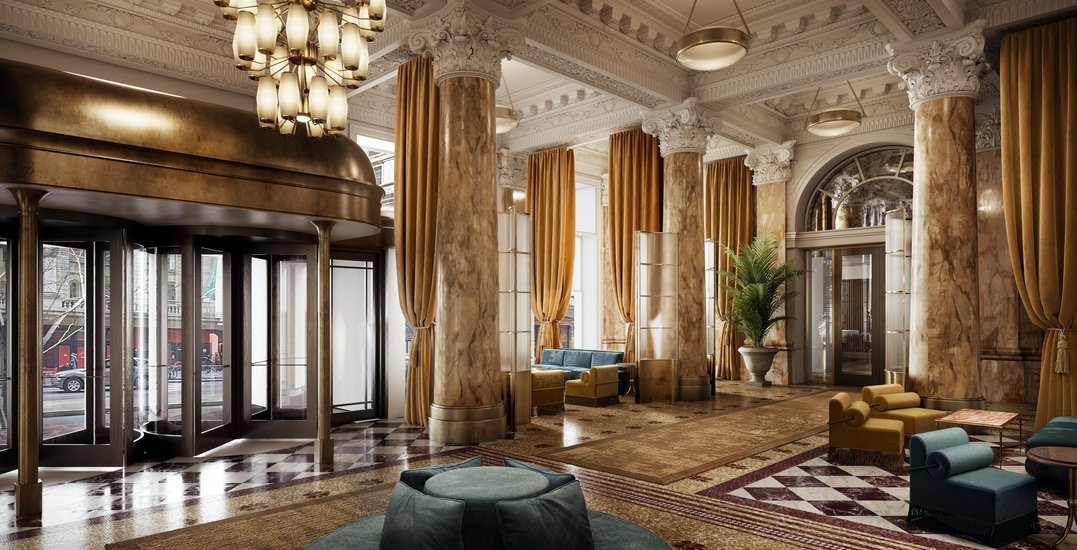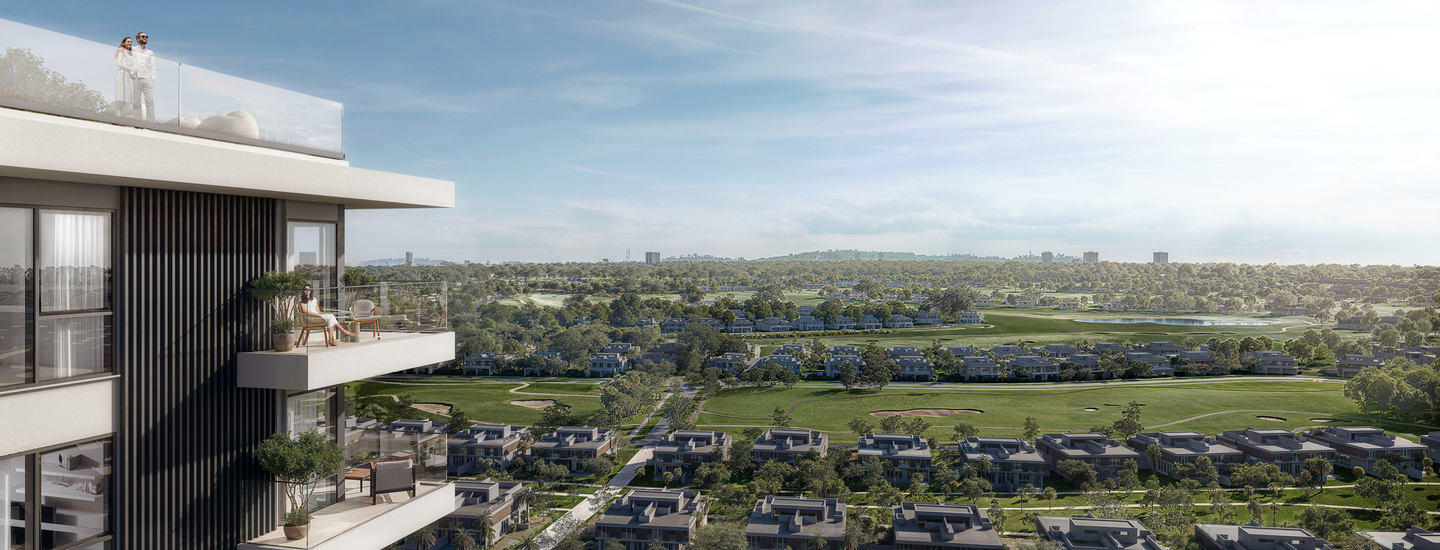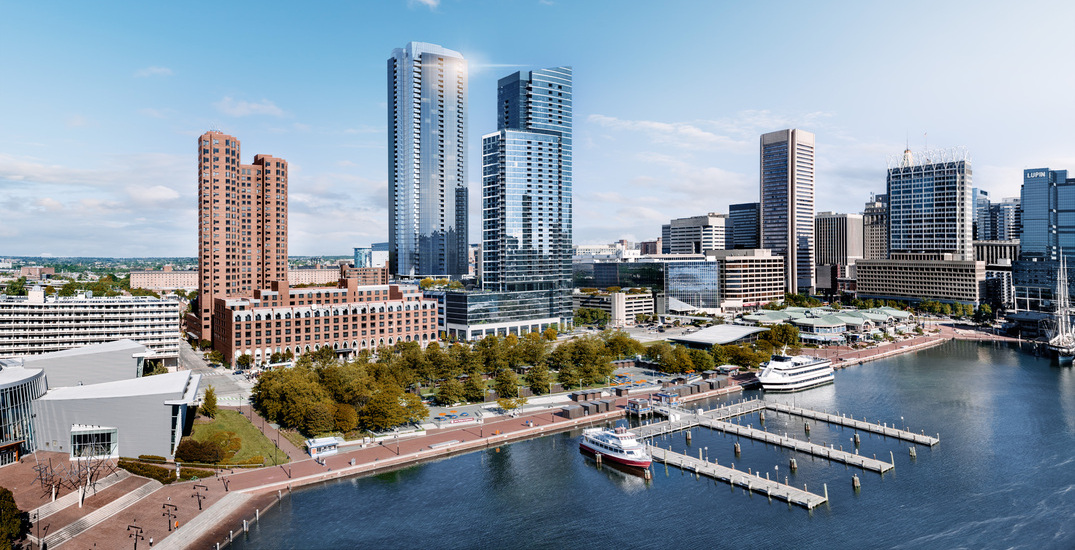How High-Quality 3D Visualization Can Support Businesses in Uncertain Times: An Interview with the Heads of Omegarender
Economic turbulence, shrinking budgets, and evolving demands from developers — architectural and product visualization face serious challenges. Yet in these conditions, it’s not losing its relevance. In fact, it’s becoming a mission-critical tool for decision-making, sales, and business growth.In this interview, the founders of Omegarender share their real-world insights:
– how client priorities are shifting;
– why visualization brings measurable ROI even under tight constraints;
– when it helps businesses survive or grow;
– and how AI can enhance your team instead of replacing it.
If you work in architecture, real estate development, design, or the production of furniture or any physical product — and are wondering where to cut costs — read this interview to the end. Visualization may not be what you should cut; it might be what gives you the edge.
ARTEM KUPRIIANENKO
FOUNDER


JULIA SELIVERSTOVA
CEO
How do you see the current economic climate affecting architectural and product visualization?
Artem Kupriianenko (Founder): Things have become less predictable — but this isn’t about drama, it’s about adaptability. Budgets are tighter, material costs are up, and new project launches are increasingly being delayed. Developers are becoming more cautious with their decisions, aiming to minimize risk, even if ongoing projects are still moving forward. But in this turbulence, you can clearly see who really knows how to work. Visualization isn’t ‘decor’ — it’s a business tool. If your render can sell a concept, you’re not just staying afloat. You’re essential.
Julia Seliverstova (CEO): Today's economic climate is shifting development priorities and fueling uncertainty. Tariffs are driving up the cost of materials, especially steel and aluminum, and developers are scaling down or delaying launches.We’re hearing it both in the media and directly from our clients in architecture and real estate. Visualization is an integral part of the broader construction process, and while we’re seeing shifts in market structure and paradigms, expectations for quality and speed are only growing stronger.Clients now prioritize flexibility, speed, and cost-efficiency — but they’re not compromising on quality. It’s not a crisis. It’s a new framework. Our goal isn’t just to adapt, but to set the new standard for visualization in this environment.
%20(1)%20(1).jpg)
Would you say that investing in visualization today brings more ROI than before?
Julia Seliverstova (CEO): Absolutely. A good visualization isn’t just a pretty image — it’s an argument. It helps validate the concept, prevent costly redesigns, and accelerate time to market. Especially now, when every dollar and week matter, strong visual content becomes a decision-making tool. We see this firsthand, both from architects and investors.Studios that can demonstrate economic value win. For example, a render of a sustainable building that emphasizes well-being and harmony with nature, that can directly impact a tenant’s or buyer’s decision.
Artem Kupriianenko (Founder): ROI isn’t just a number. It’s a reaction. If your render makes an investor say ‘yes’ before they even finish the brief, you’ve won. People invest when they feel confident. And visualization creates that confidence. We create images that speak for themselves. No caption needed.

Can you share an example where visualization helped a client grow or maintain sales in a tough period?
Julia Seliverstova (CEO): Many of our clients are large companies — Emaar, AvroKO, OBMI, Perkins&Will — and for them, visualization is standard practice, not a differentiator.But we do have a favorite growth story. We can’t disclose the brand due to confidentiality, but it’s a physical product manufacturer from Asia. Five years ago, they were a one-person studio. Today, they’re a recognizable brand, with visual assets displayed at every major industry expo in the region — and a constant line at their booth.Their renders are so convincing that many people don’t realize they’re CGI. What’s even more interesting is that our work for them often shows up as reference images from other clients — ‘Can you make it look like this photo?’That’s not just a client success story — that’s proof that precise visualization can be a brand’s growth catalyst, not just a nice add-on.

Are you using AI or other innovations to speed up or reduce the cost of production without compromising quality?
Julia Seliverstova (CEO): The future of our industry is inseparable from AI, but we don’t see it as a threat. It’s a tool. We already use AI to support auxiliary stages of the process: it helps gather references, test compositions, and streamline repetitive tasks.But high-end architectural visualization is about precision, alignment with technical briefs, and artistic cohesion. That’s not something AI can fully replicate yet. Sketches? Sure. Prototypes? Maybe. But a refined render where every pixel matters — that’s still human territory.We see technology as a team enhancer, not a team replacement. It’s not ‘either the artist or the machine’ — it’s symbiosis. And as leaders, our job is to build a process where every step, from concept to final frame, is fast, accurate, and visually compelling.
Artem Kupriianenko (Founder): Yes, AI is powerful. We’re already using it where it makes sense — speeding up repetitive steps, generating sketches, skipping endless mood boards.But let’s be real. While AI is ‘painting the vibe,’ we’re creating visuals that close million-dollar deals. Archviz isn’t a ‘make it pretty’ button. It’s precision. It’s control. It’s style. When you want that ‘wow’ factor, you don’t need filters — you need eyes.We’re not afraid of new tech — we’re taming it.

What would you advise companies with limited budgets but big ambitions?
Artem Kupriianenko (Founder): If you only get one shot, make it count. Go lean, but make it hit hard. We know how to craft visualizations that work, even with limited resources. Just don’t do it ‘just in case.’ Do it with focus. Boldly. With character.
Julia Seliverstova (CEO): In these cases, the key isn’t to stretch the budget thin — it’s to concentrate. We often suggest a targeted visualization approach: focus on key angles, boost the emotional impact, and make one powerful image do the work of ten. That works. Especially in a competitive environment, where the first visual impression matters.
At the same time, we aim to create visualizations that stand the test of time, staying relevant a year from now, or even five. Thus, you can return to existing images over the years without having to make new ones.
It’s not always obvious, especially for developers used to short project cycles. But visualization follows a different logic. When done properly from the start, it becomes a long-term asset that works for you for years. We often revisit visuals we created five to seven years ago, and they still hold up. That means the client doesn’t waste time or money on revisions — a single investment continues to deliver results across all stages of the sales process.
We had a project with Burj Binghatti in Dubai — at the time, the building was still under construction. Our visuals became the foundation of the marketing campaign, and according to the agency, the property ranked among the top-selling in the region for seven months. And that was before the building even physically existed — it was sold through an image, through the feeling and the visualization it created. That’s when it became clear: visualization isn’t just about “showing.” It’s about selling—beautifully, convincingly, and with value that lasts.
%20(1).jpg)
What changes are you seeing in client requests?
Julia Seliverstova (CEO): More demand for adaptability. Clients want to know we can pivot fast — if materials change, if the market shifts, if the concept evolves. There’s growing interest in interactive formats — animations, virtual tours, ‘what if’ scenarios. Also, a renewed focus on style: traditional architecture, photorealism, but with a distinctive artistic edge.
Artem Kupriianenko (Founder): We often hear that people are tired of raw, unfinished visuals. Even when clients come to us for a classic marketing image, they know we’ll help them stand out. In a sea of lookalike renders, our studio offers photorealism, emotion, atmosphere, and carefully chosen angles. At Omegarender, we don’t consider a project finished unless all of those elements are top-notch. We always tailor the style to the task. “Good enough” is never good enough. Only what truly works.
%20(1).jpg)
What’s the most persistent myth about 3D visualization — especially in times of crisis — that you’d like to bust?
Julia Seliverstova (CEO): One of the most common myths we hear — especially from large clients — goes something like this:"We don’t need high-end visualizations. Our brand speaks for itself. The project will sell anyway."
Unfortunately, this might not work if the visual content doesn’t match the quality of the product, especially in a highly competitive market.
We’ve seen it firsthand — projects landing on our desk just before release, or even after it, because the client went with “budget” renders. The results simply weren’t strong enough for a public launch or investor pitch. And that means wasted time and a doubled budget, because the entire visualization process has to start from scratch.
The second biggest myth is that 3D visualization is only for the big players — billion-dollar developers, global architecture firms, major brands. In reality, it’s the opposite.In uncertain times, visualization is especially valuable for small and medium businesses. It saves time and money by eliminating guesswork. Designers can validate concepts. Product studios can market without manufacturing. Architects can win tenders. Marketers can build funnels from a single image.
We see it every day. Our clients include startups, indie studios, and solo creators, and visualization helps them level up, present professionally, and compete with global names.
What used to be a ‘luxury’ is now a strategic tool. Visual content isn’t a frill. It’s a language. And if you want to be heard, you need to speak clearly, persuasively, and beautifully.
Artem Kupriianenko (Founder): One of the most damaging myths: ‘Visualization is a luxury. First thing to cut in a crisis.’
But when the market’s shaky, logistics are a mess, and budgets are tight, visualization is the most accurate, flexible, and fast tool you’ve got.
Why build prototypes or fly crews for photoshoots when you can do it all in 3D — with no logistics, no location dependency, and no weather issues? One model, and you can swap colors, materials, or angles in hours. Our clients often come to us with projects that don’t exist yet — just an idea, some drawings, a concept. And even at that early stage, they need to convince others: investors, the marketing team, and the internal board. We know how to turn those projects into visual stories that work. Not just beautiful, persuasive. So that someone can look at the image and say, “Yes, I see this building. I understand why it’s worth investing in.”
And most importantly, it gives you freedom. Freedom from borders, deliveries, and shooting schedules. We work while others wait for stability.’ So no, visualization isn’t a cost center. It’s an asset. And in a crisis, it works even harder.












